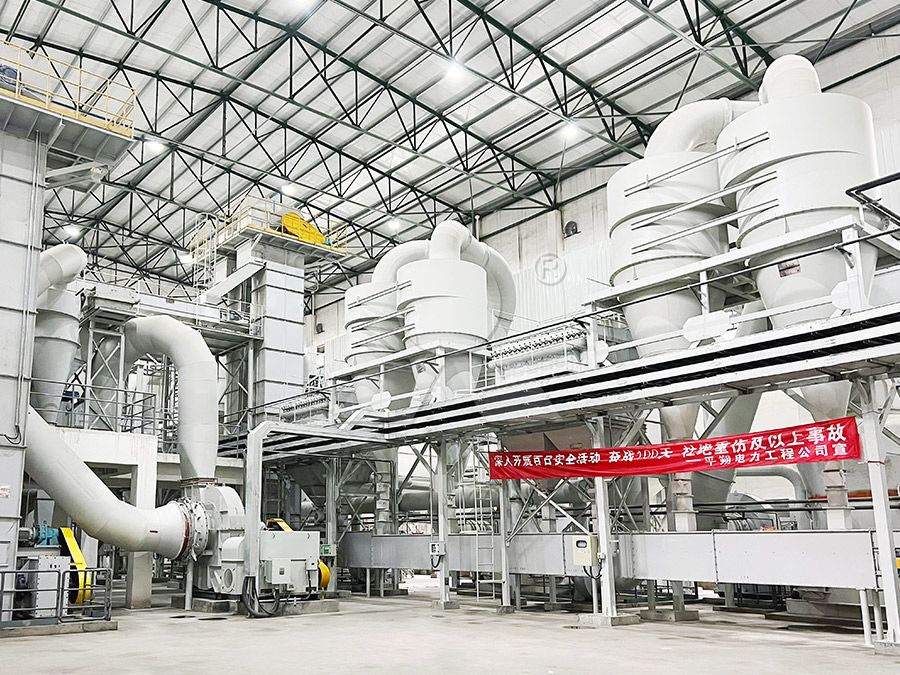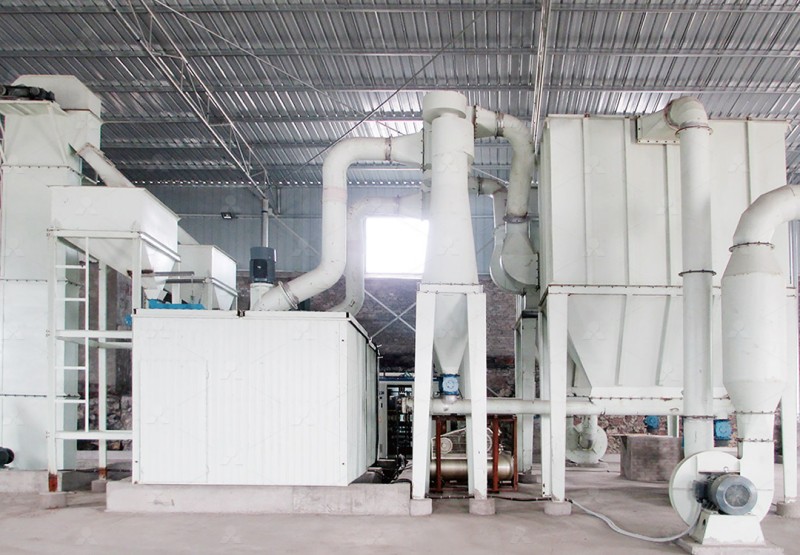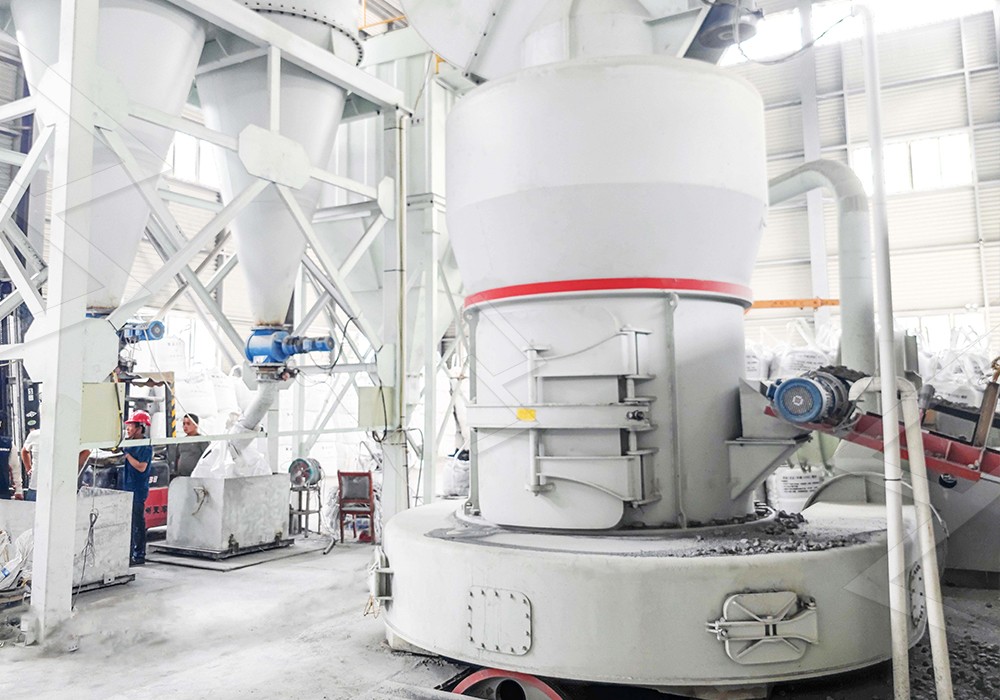Raymond Mill: A Collaborative Innovation Between LIMING and Global Users
Raymond Mill: A Collaborative Innovation Between LIMING and Global Users
For decades, the name Raymond Mill has been synonymous with reliable grinding technology in mineral processing operations worldwide. What began as a first-generation grinding solution has evolved into a comprehensive family of milling equipment through continuous collaboration between LIMING engineers and our global user community. This partnership has driven innovations that address real-world challenges in efficiency, environmental compliance, and operational reliability.

The journey of Raymond Mill development reflects the changing needs of industries ranging from cement production to chemical manufacturing. Through direct feedback from operations across six continents, we’ve identified critical pain points: energy consumption, maintenance complexity, environmental impact, and product consistency. These insights have directly shaped our R&D priorities and led to breakthrough technologies that now define our grinding mill portfolio.
Engineering Excellence Through User Collaboration
Our collaborative approach has yielded significant advancements in grinding technology. The traditional Raymond Mill, with its input size of <25 mm and capacity of 0.6-5 tph, established the foundation. But user demands for higher efficiency and finer powders drove us to develop more sophisticated solutions. The MW Ultrafine Grinding Mill represents one such innovation, born from customer requirements for ultra-fine powder production without compromising operational efficiency.
The MW Ultrafine Grinding Mill processes materials with input sizes of 0-20 mm and capacities ranging from 0.5-25 tph. Its design incorporates German cage-type powder selector technology, allowing adjustable fineness between 325-2500 meshes with screening rates achieving d97≤5μm in a single pass. What makes this mill particularly innovative is its elimination of rolling bearings and screws in the grinding chamber, addressing common failure points identified by our users.

Environmental Stewardship in Modern Grinding
Environmental considerations have become increasingly important in mill selection. Our users consistently emphasize the need for equipment that minimizes ecological impact while maintaining productivity. The MW Ultrafine Grinding Mill responds to these concerns with integrated efficient pulse dust collection and noise reduction systems. The entire production process operates according to national environmental protection standards, ensuring operations can continue 24/7 without environmental compromise.
Another standout in our portfolio, the LUM Ultrafine Vertical Grinding Mill, demonstrates our commitment to sustainable innovation. With input sizes of 0-10 mm and capacities of 5-18 tph, this mill incorporates the latest Taiwanese grinding roller technology and German powder separating technology. Its double position-limiting technology prevents destructive impacts during operation, while the reversible structure simplifies maintenance – both features directly requested by our maintenance teams worldwide.
Digital Precision and Operational Reliability
The digital revolution has transformed grinding mill operations. Our numerical control machining processes ensure exceptional precision across all mill components. Dozens of CNC machine lines handle cutting, bending, planing, milling, and paint spraying operations, delivering consistency that translates to reliable field performance. This digital precision extends to our PLC control systems, which allow precise management of grinding pressure, revolution speed, and other critical parameters.

Our spare parts strategy further demonstrates our user-focused approach. By maintaining complete responsibility for production and sales, we guarantee access to original spare parts and technical support. This comprehensive support system ensures worry-free operation and maximizes equipment uptime – a critical consideration for operations where production continuity directly impacts profitability.
Frequently Asked Questions
What distinguishes the MW Ultrafine Grinding Mill from traditional Raymond Mills?
The MW Ultrafine Grinding Mill represents a significant advancement with its ability to produce ultra-fine powders between 325-2500 meshes. It achieves 40% higher production capacity than jet grinding mills and double the yield of ball grinding mills with only 30% of the energy consumption of jet mills. Its innovative design eliminates rolling bearings and screws in the grinding chamber, addressing common maintenance challenges.
How does the LUM Ultrafine Vertical Grinding Mill improve operational efficiency?
The LUM mill incorporates multi-head powder separating technology and PLC control systems that reduce energy consumption by 30%-50% compared to conventional mills. Its reversible structure allows easy maintenance access, while double position-limiting technology ensures operational stability even under challenging conditions.
What materials are suitable for the MW Ultrafine Grinding Mill?
The MW mill processes various materials including limestone, calcite, dolomite, petroleum coal, gypsum, barite, marble, talc, and coal powder. It’s particularly effective in chemical industries, paint production, cosmetics, medicine, and food additive manufacturing where ultra-fine powders are required.
How does LIMING ensure long-term operational reliability?
We maintain complete control over production and provide original spare parts alongside comprehensive technical support. Our numerical control machining ensures component precision, while our global service network provides responsive support to maximize equipment uptime and operational efficiency.
